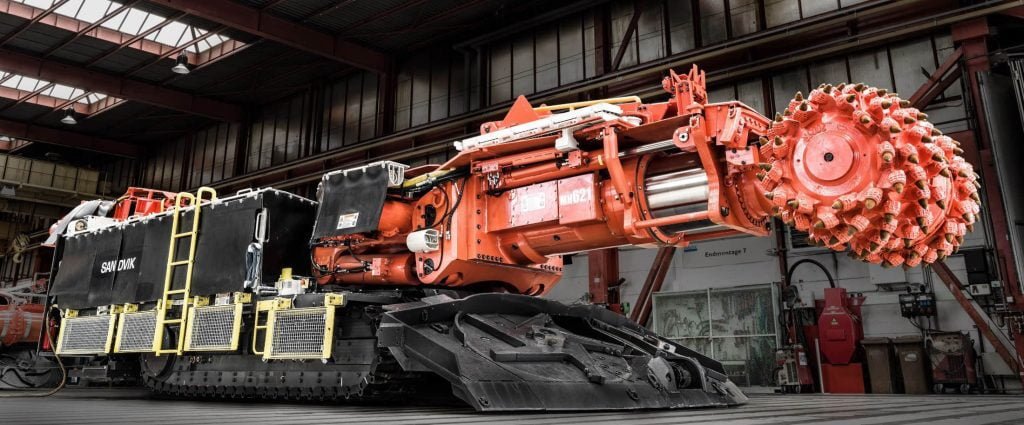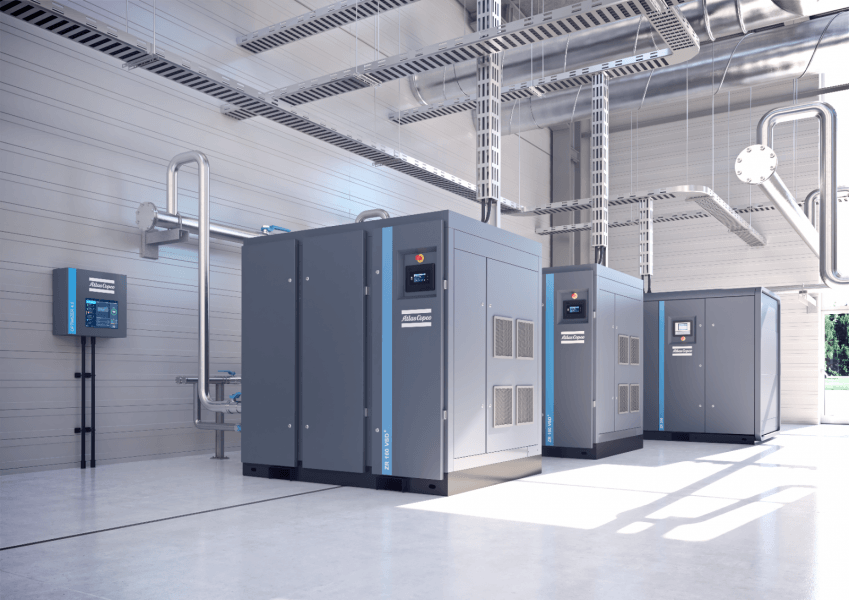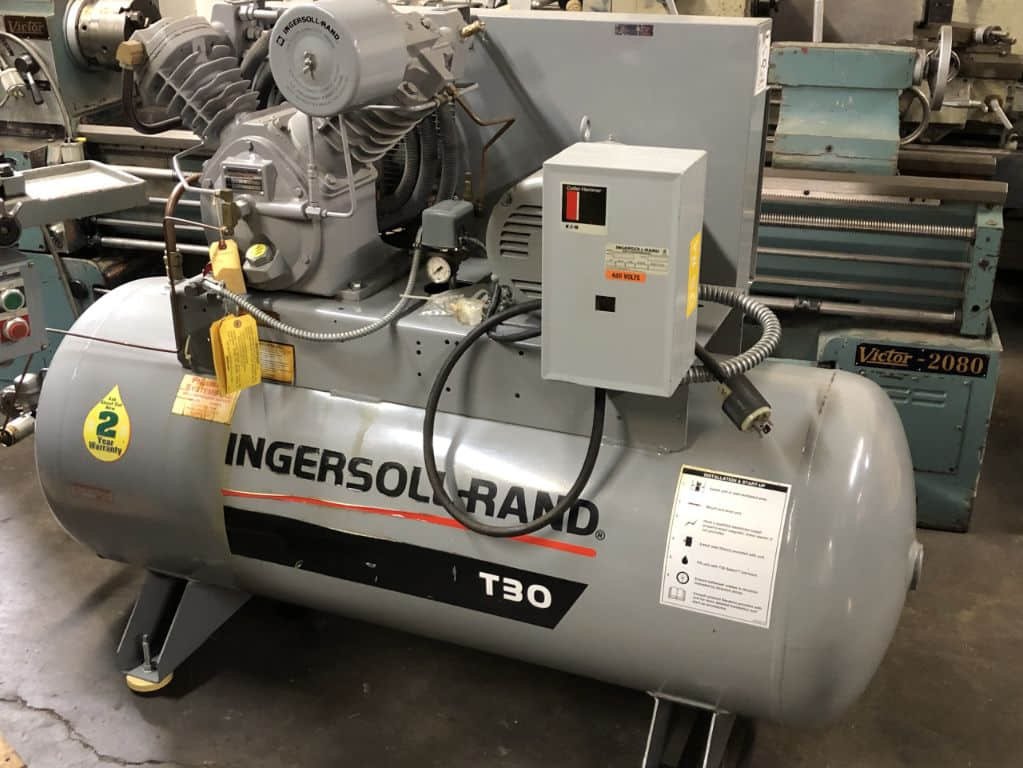A Closer Look at the Most Frequently Replaced Husky Air Compressor Parts
When it comes to air compressors, Husky is a brand that stands out for its reliability and performance. However, like any mechanical device, air compressors require regular maintenance and occasional replacement of parts to ensure optimal functionality. In this article, we will take a closer look at the most frequently replaced Husky air compressor parts, providing valuable insights and information for both DIY enthusiasts and professionals.
1. Air Filter
The air filter is an essential component of any air compressor, including Husky models. It prevents dust, debris, and other contaminants from entering the compressor, ensuring clean and efficient air flow. Over time, the air filter can become clogged, reducing the compressor’s performance. Regularly inspecting and cleaning the air filter is crucial, and if it is damaged or excessively dirty, it should be replaced.
2. Pressure Switch
The pressure switch is responsible for controlling the compressor’s operation by monitoring the air pressure inside the tank. It automatically turns the compressor on when the pressure drops below a certain level and shuts it off when the desired pressure is reached. Due to frequent use and exposure to high pressures, the pressure switch can wear out or malfunction. If the compressor fails to start or stop at the appropriate pressure, replacing the pressure switch may be necessary.
3. Safety Valve
The safety valve is a critical component that protects the air compressor from excessive pressure buildup. It releases air from the tank if the pressure exceeds the recommended limit, preventing potential accidents or damage to the compressor. Over time, the safety valve can become faulty or leaky, compromising the compressor’s safety. Regular inspection and replacement of the safety valve are essential to ensure the compressor operates within safe limits.
4. Drive Belt
The drive belt connects the motor to the compressor pump, transferring power and enabling the compressor to generate compressed air. Continuous use, tension, and exposure to heat can cause the drive belt to wear out or break. A damaged drive belt can lead to reduced performance or complete failure of the compressor. Regularly inspecting the drive belt for signs of wear and replacing it when necessary is crucial to maintain the compressor’s functionality.
5. Pressure Gauge
The pressure gauge provides a visual indication of the air pressure inside the compressor tank. It allows users to monitor and adjust the pressure according to their specific needs. However, pressure gauges can become inaccurate or malfunction over time. If the pressure gauge fails to provide accurate readings or gets damaged, replacing it is necessary to ensure precise pressure control.
6. Check Valve
The check valve is responsible for regulating the air flow between the compressor pump and the tank. It allows air to enter the tank while preventing backflow from the tank to the pump. A faulty or worn-out check valve can lead to air leaks, reduced pressure, or inefficient compressor operation. Regular inspection and replacement of the check valve are essential to maintain optimal performance.
Frequently Asked Questions (FAQs)
1. How often should I replace the air filter in my Husky air compressor?
The frequency of air filter replacement depends on various factors, including the operating environment and usage. However, as a general guideline, it is recommended to inspect and clean the air filter every 50-100 hours of compressor operation. If the air filter is excessively dirty or damaged, it should be replaced immediately.
2. Can I use a generic pressure switch as a replacement for my Husky air compressor?
While generic pressure switches may fit some Husky air compressor models, it is always recommended to use genuine Husky replacement parts. Genuine parts ensure compatibility and optimal performance, reducing the risk of potential issues or malfunctions.
3. How can I test if the safety valve in my Husky air compressor is working properly?
To test the safety valve, follow these steps:
1. Ensure the compressor is turned off and disconnected from the power source.
2. Pull the ring on the safety valve to release air from the tank.
3. If air is released and the valve closes properly after releasing the ring, it indicates that the safety valve is functioning correctly. If not, it should be replaced.
4. What are the signs of a worn-out drive belt in a Husky air compressor?
Signs of a worn-out drive belt include squealing or screeching noises during operation, reduced air pressure, or the compressor not building pressure at all. Additionally, visually inspect the drive belt for cracks, fraying, or excessive wear. If any of these signs are present, it is time to replace the drive belt.
5. Can I replace the pressure gauge on my Husky air compressor myself?
Yes, replacing the pressure gauge on a Husky air compressor is a relatively simple task. Start by turning off the compressor and releasing all the air from the tank. Then, using a wrench, carefully unscrew the old pressure gauge and disconnect it from the air line. Finally, attach the new pressure gauge and tighten it securely. Ensure that the new gauge has the same pressure range as the original one.
6. How can I determine if the check valve in my Husky air compressor needs replacement?
If you notice air leaks from the check valve or experience reduced pressure during compressor operation, it is likely that the check valve needs replacement. Additionally, inspect the check valve for any signs of damage or wear. If in doubt, consult the user manual or contact Husky customer support for further assistance.
In conclusion, understanding the most frequently replaced Husky air compressor parts is essential for maintaining optimal performance and prolonging the lifespan of your compressor. Regular inspection, cleaning, and replacement of these parts when necessary will ensure smooth operation and reliable air supply for all your pneumatic needs.




